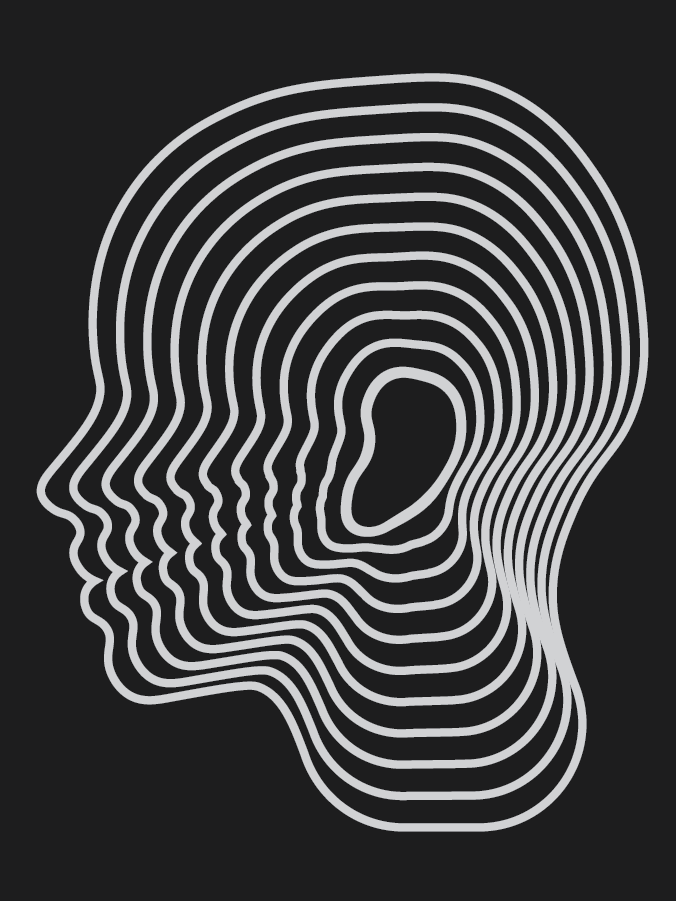Process Over Product
Product design is a structured and collaborative process that cultivates alignment, reduces risk, and delivers measurable results. This document and process map was created to help educate clients and stakeholders on the product design process and help them to understand it's role within projects. It clarifies the product design role, emphasizing that the work is grounded in methodology and achieves desirable results.
Why It’s Important
- Shifts understanding from “design = decoration” to “design = strategy + execution”
- Clarifies how design reduces uncertainty and increases confidence in outcomes
- Shows that design is active before, during, and after development
- Encourages early and frequent collaboration with stakeholders and developers
- Helps stakeholders understand where to invest time and feedback to get better results
- Shifts understanding from “design = decoration” to “design = strategy + execution”
- Clarifies how design reduces uncertainty and increases confidence in outcomes
- Shows that design is active before, during, and after development
- Encourages early and frequent collaboration with stakeholders and developers
- Helps stakeholders understand where to invest time and feedback to get better results
Product Design Process Diagram
Pre-Design
Objective: Define project vision, align stakeholders, and establish initial KPIs
Approach: Facilitate workshops to establish scope and identify a shared “true north” for the project
Outcomes: Defined scope, aligned understanding, and initial success metrics
Artifacts: Scope/KPI documentation, workshop outputs (e.g., HMWs, vision boards), and SWOT analysis
Approach: Facilitate workshops to establish scope and identify a shared “true north” for the project
Outcomes: Defined scope, aligned understanding, and initial success metrics
Artifacts: Scope/KPI documentation, workshop outputs (e.g., HMWs, vision boards), and SWOT analysis
Cross-Functional Input (Ongoing)
Objective: Ensure alignment with business goals and technical feasibility
Approach: Include stakeholder and developer input throughout the process, with regular reviews and feedback cycles
Outcomes: Stronger buy-in, reduced rework, and feasible handoff-ready designs
Artifacts: Stakeholder feedback summaries, dev review documentation, and design handoff packages
Approach: Include stakeholder and developer input throughout the process, with regular reviews and feedback cycles
Outcomes: Stronger buy-in, reduced rework, and feasible handoff-ready designs
Artifacts: Stakeholder feedback summaries, dev review documentation, and design handoff packages
Users & Tasks
Objective: Understand user groups, behaviors, pain points, and key flows within the product
Approach: Conduct user interviews, surveys, and field observations; define personas and task flows; create early wireframes
Outcomes: Clear view of user needs, validated tasks and flows, and foundational inputs for design
Artifacts: Personas, interview notes, research summaries, opportunity maps, user flows, and low-fidelity wireframes
Approach: Conduct user interviews, surveys, and field observations; define personas and task flows; create early wireframes
Outcomes: Clear view of user needs, validated tasks and flows, and foundational inputs for design
Artifacts: Personas, interview notes, research summaries, opportunity maps, user flows, and low-fidelity wireframes
Design Evaluation & Improvement
Objective: Test and validate design concepts through iteration and feedback
Approach: Create wireframes, conduct usability testing, and refine through the build, measure, learn loop
Outcomes: Refined, validated designs that are development-ready
Artifacts: High-fidelity wireframes, clickable prototypes, and user testing notes
Approach: Create wireframes, conduct usability testing, and refine through the build, measure, learn loop
Outcomes: Refined, validated designs that are development-ready
Artifacts: High-fidelity wireframes, clickable prototypes, and user testing notes
Launch & Post Mortem
Objective: Monitor product effectiveness and gather insights for improvement
Approach: Track usage metrics and KPIs, collect user feedback, and assess incidents or adoption patterns
Outcomes: Improvement backlog and reports on how the product performs in the real world
Artifacts: Feedback reports, KPI tracking dashboards, and post-launch review documents
Approach: Track usage metrics and KPIs, collect user feedback, and assess incidents or adoption patterns
Outcomes: Improvement backlog and reports on how the product performs in the real world
Artifacts: Feedback reports, KPI tracking dashboards, and post-launch review documents
Future State
Objective: Continuously improve the product over time based on real usage and feedback
Approach: Use post-launch insights to drive future iterations within a new build, measure, learn loop
Outcomes: Evolved product versions that address real-world needs and opportunities
Artifacts: Updated product versions, improvement backlog, and iteration/test results
Approach: Use post-launch insights to drive future iterations within a new build, measure, learn loop
Outcomes: Evolved product versions that address real-world needs and opportunities
Artifacts: Updated product versions, improvement backlog, and iteration/test results
Build, Measure, Learn Loop
Build, Measure, Learn
The Build, Measure, Learn loop, coined in The Lean Startup by Eric Ries, is a proven method for reducing risk and accelerating product clarity. Instead of relying on assumptions, teams rapidly prototype solutions, observe real user behavior, and use those insights to make targeted improvements. This continuous feedback cycle drives smarter decisions, sharper designs, and better outcomes in a rapid and repeatable fashion.
Product Design Communication Diagram
Product Designer Communication and Administration
Product designers operate at the intersection of business, technology, and subject matter expertise. This diagram illustrates how design serves as the connective tissue between stakeholders, SMEs, and development, translating requirements, constraints, and insights into coherent product decisions.
Designers synthesize:
- Business and user requirements from stakeholders
- Technical constraints and feasibility from developers
- Domain knowledge and regulatory inputs from SMEs
- Business and user requirements from stakeholders
- Technical constraints and feasibility from developers
- Domain knowledge and regulatory inputs from SMEs
Rather than working in isolation, product designers interpret, negotiate, and align these streams to shape products that are usable, buildable, and valuable. This role as translator and integrator is what enables great products to emerge from complex inputs.



